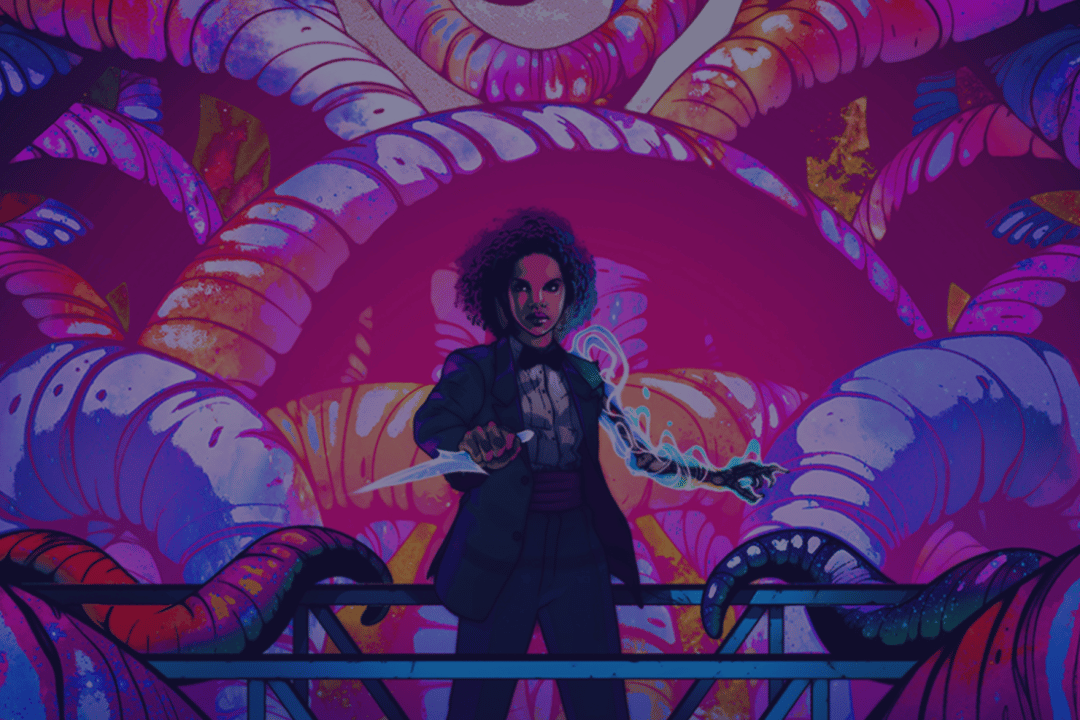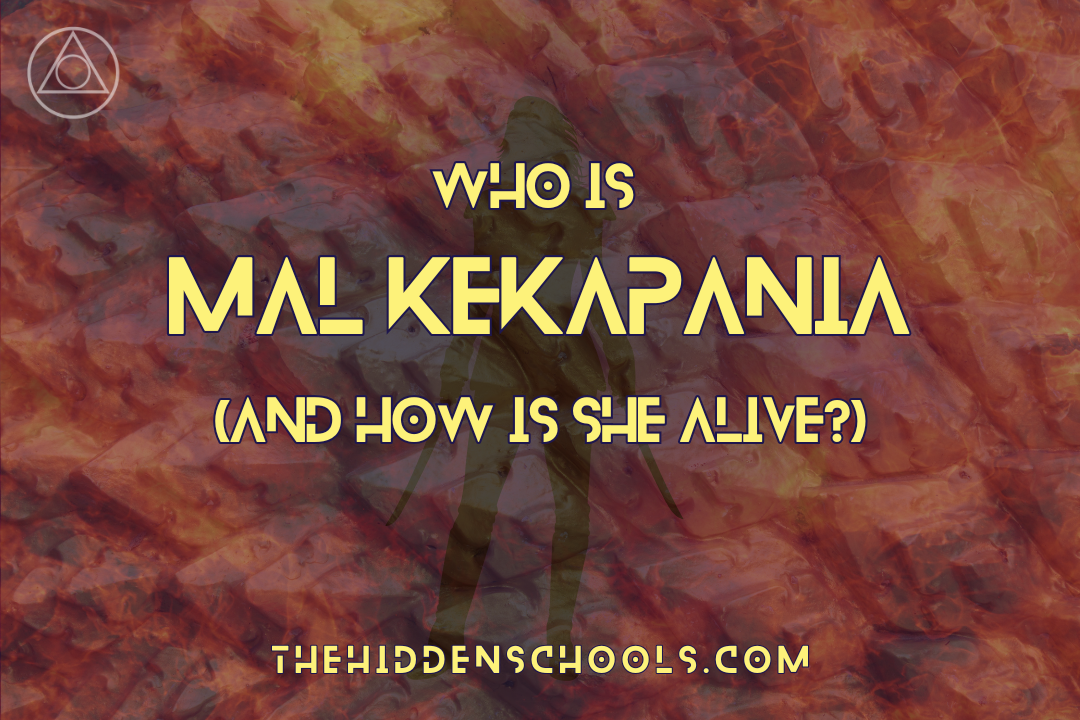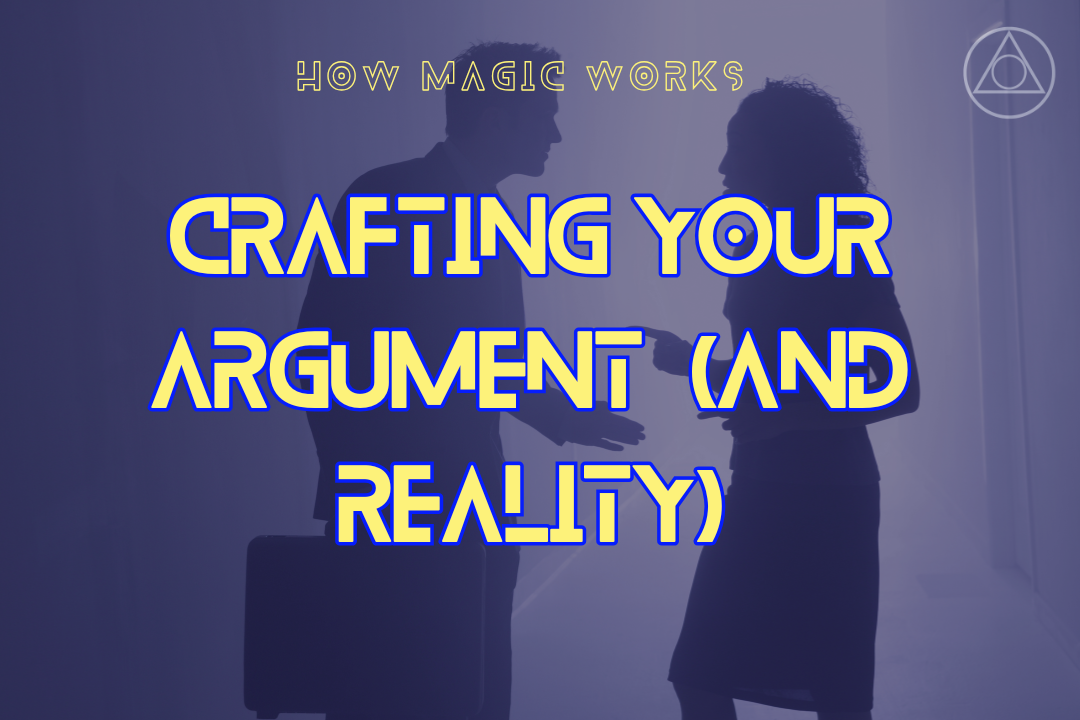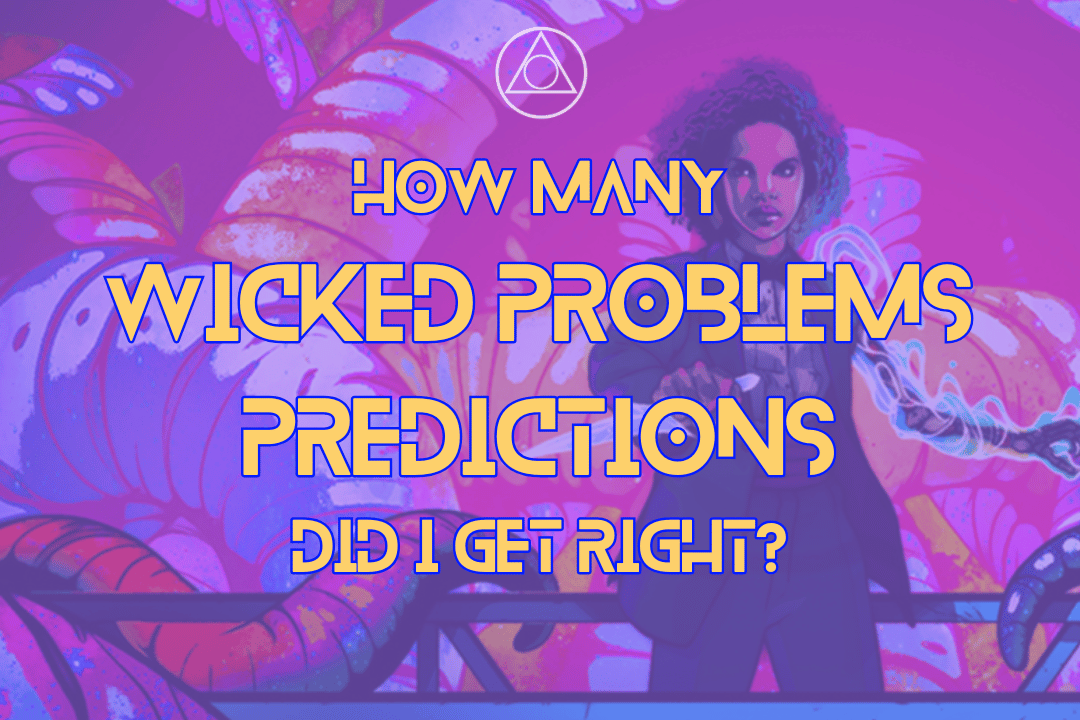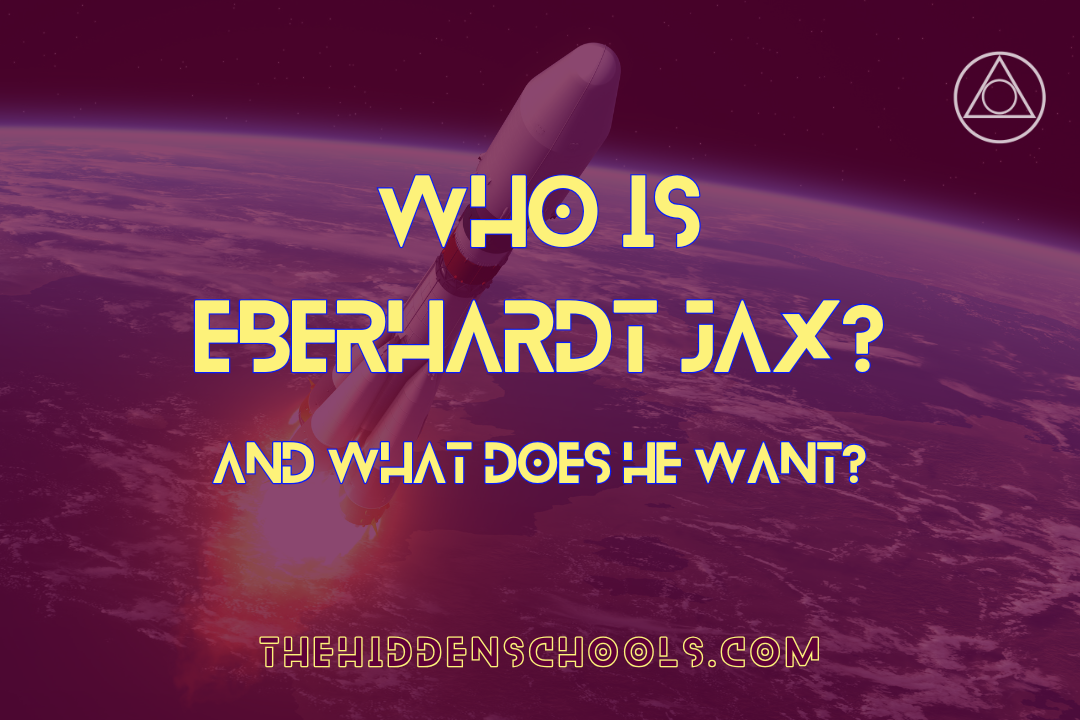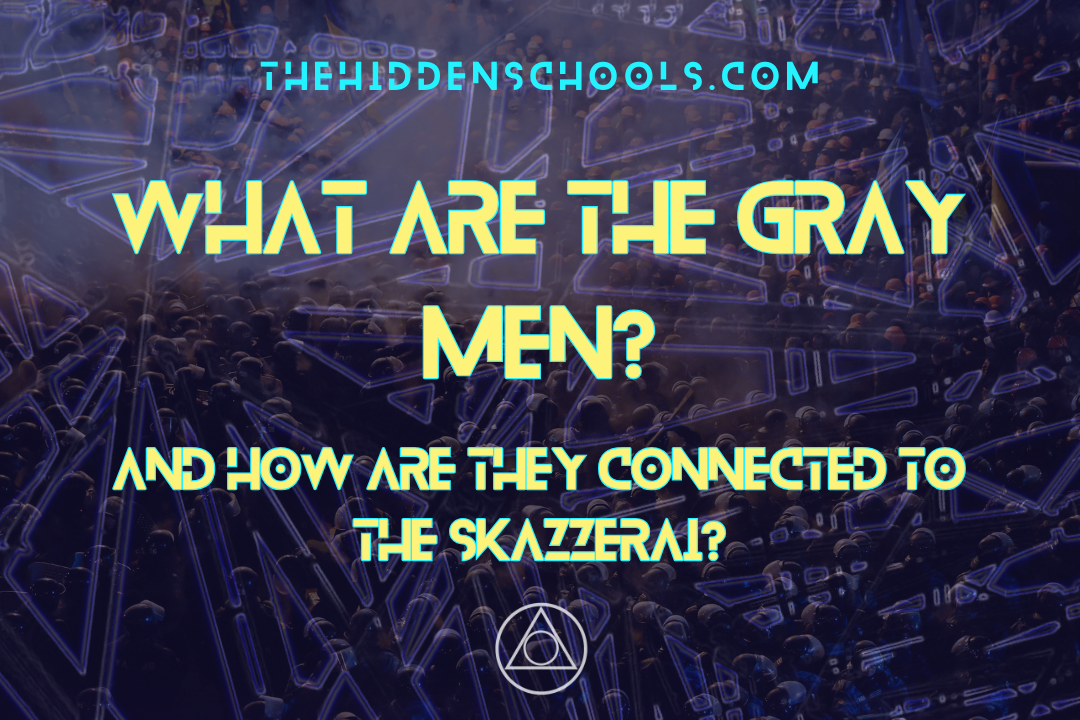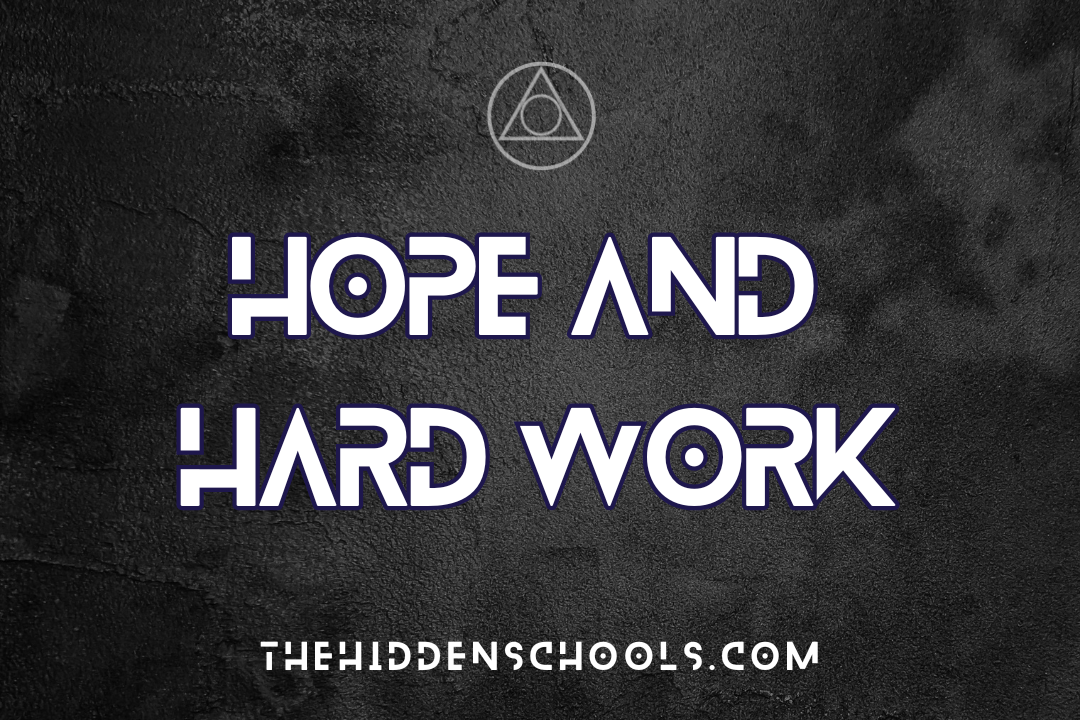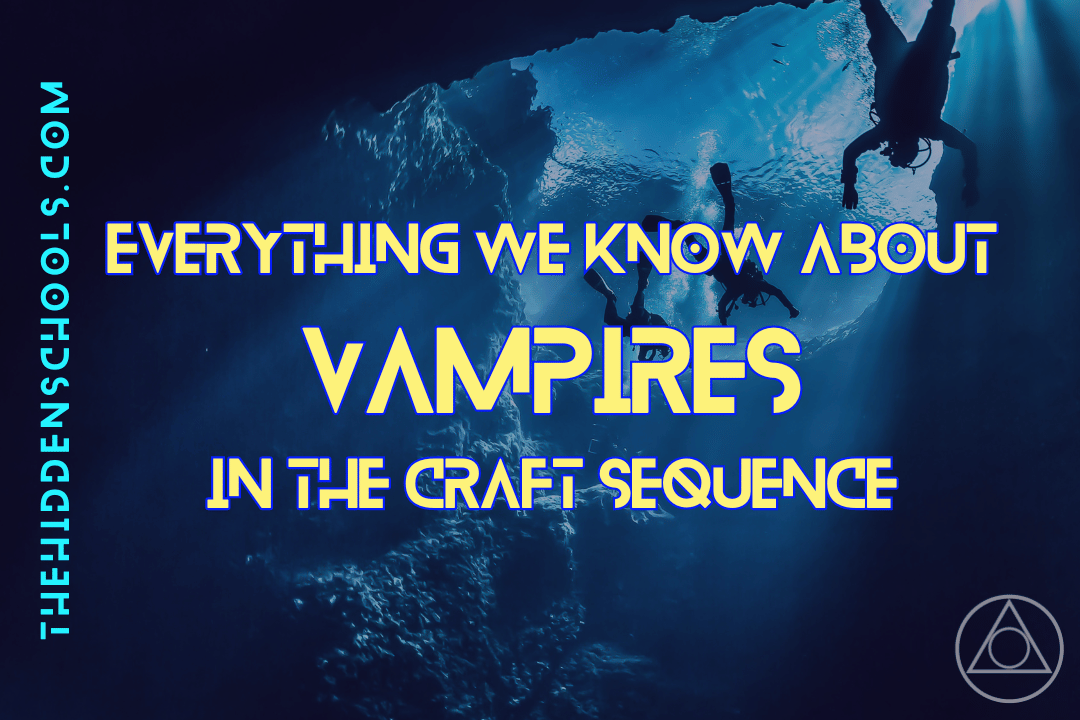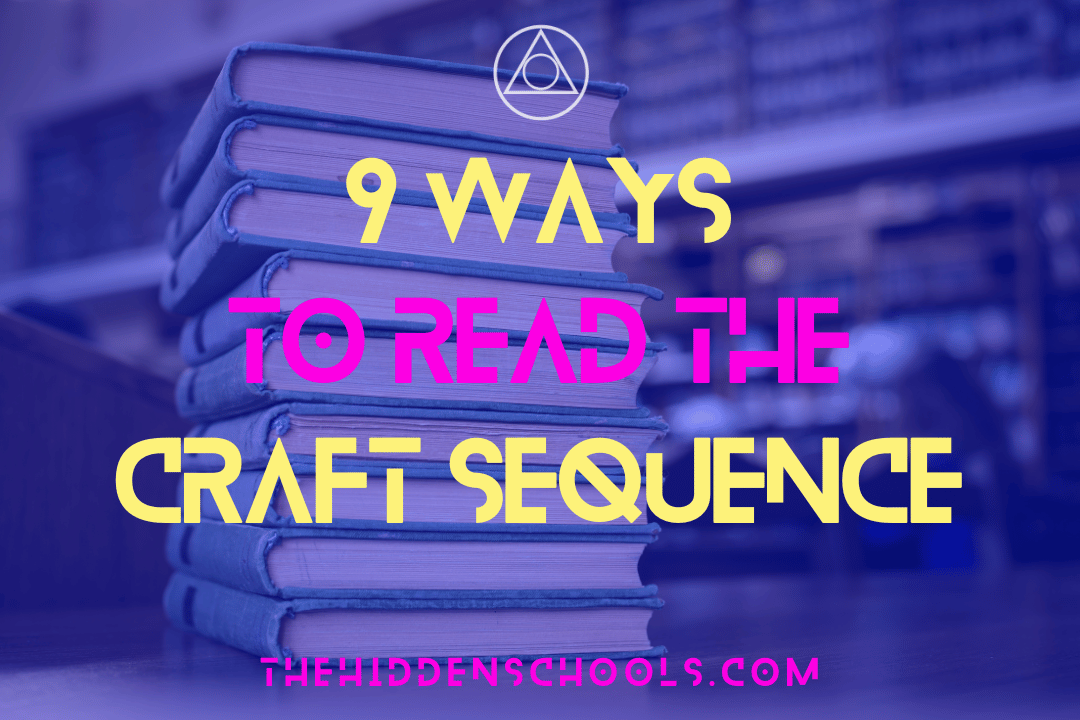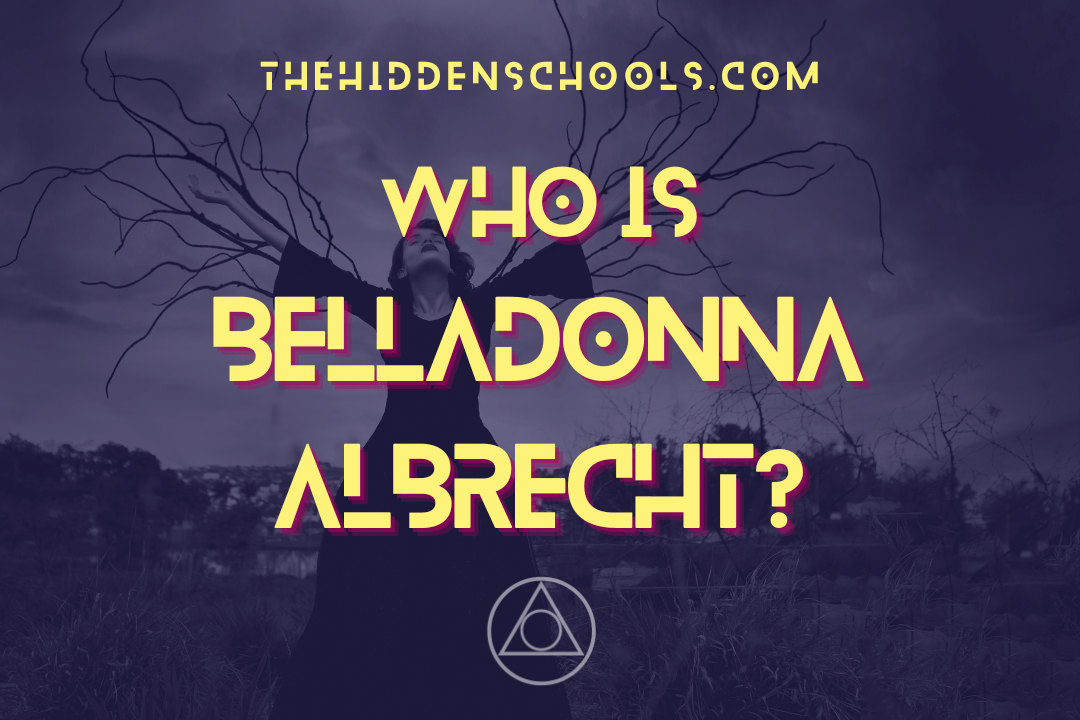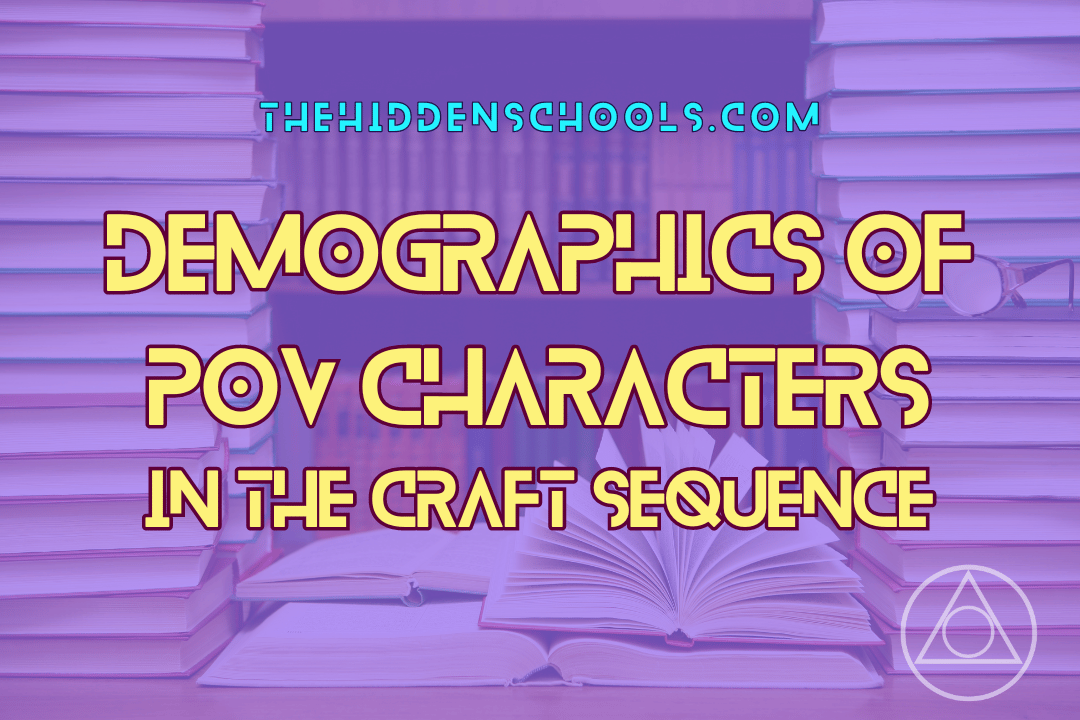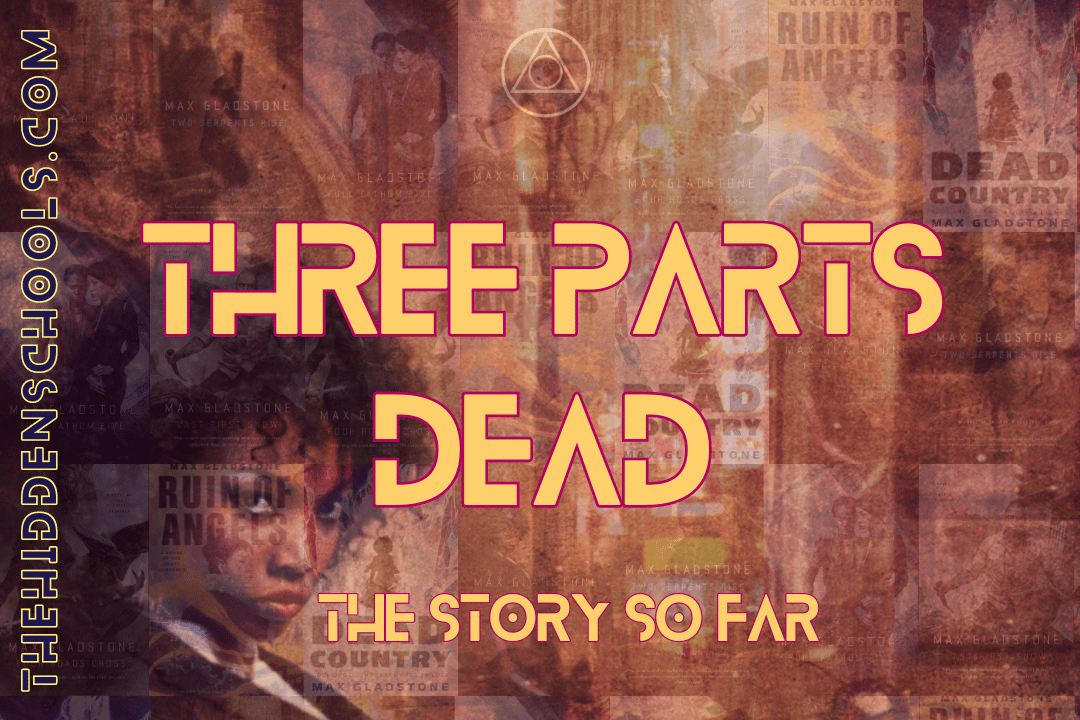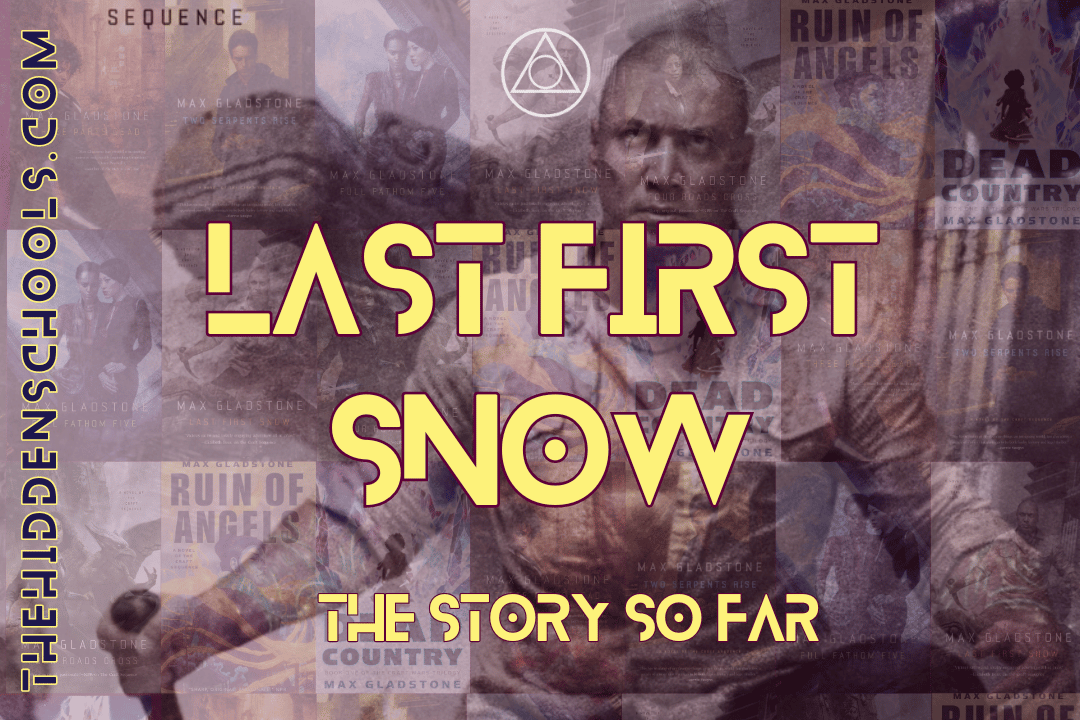Every reference to DRAGONS in the Craft Sequence (part 1)
It’s Tor Books’ annual DRAGON WEEK - and as I love a) dragons and b) bandwagons, I simply had to quickly pull together an unplanned Craft Sequence dragon article about every single dragon reference in the series. So let’s jump on band-dragon and take a look at dragons, cross-continental commercial air travel, and weapons of mass destruction in the Craft Sequence.
That list contains a single item. Dragons are vast and contain multitudes.
Let’s go.
Minor spoilers for all books but I kept all the plot-related commentary to a minimum. Article 2 will have some big spoilers for the climax of Last First Snow, but this one should be ok for you.
Also, disclaimer - my ereader has messed up page counts in some of the books so at times I can only cite chapters. Thank goodness this isn’t an academic paper.
Dragons and their place in the Craft Sequence world are explored in more depth in Last First Snow and Four Roads Cross (part 2 will cover this properly), but they’re referenced in every single book. Admittedly, in Three Parts Dead it’s a single line to explain the amount of power channelled through Kos but it’s still a reference!
“Enough power flowed through those contracts to collapse the walls of a city, to sink a fleet or tear a dragon limb from limb in flight.”
Though I confess that I do wonder, given what we later learn about dragons’ strength and power, if this is either an exaggeration or a soft retcon - sure, it’s a hell of a lot of power but Craft Sequence dragons are colossal, ancient, unspeakably powerful creatures so I’m a bit conflicted about this.
We get a tiny bit more in Two Serpents Rise, though it’s largely figurative. Whilst Caleb is undergoing an extreme experience channelling a ton of power towards the end of the book (vague description to keep this largely spoiler free), we see the following descriptions:
“Red droplets fell in rain, as a dragon vomited up the sun.
…
Teeth tore him and he became flesh once more, breathing, sighing, loving in a million bodies until the dragon swallowed the sky, the raven stole the sun, and he lay again upon the altar.
…
Death and rebirth became him, a cycle of time stretching back past Dresediel Lex to the Quechal homeland sunk below the sea.”
Shortly afterwards (three pages to be precise) we get our first reference to actual dragons in the series - yay! Though it’s still a background reference rather than anything plotty.
“Every few hours a dragon passed overhead, beating three-hundred-metre wings on its journey to the Shining Empire.”
The actual worldbuilding of dragonkind is initially* introduced in Full Fathom Five (*initially, so long as you read publication order, the order we’re following in this article) but the references are still one-offs rather than part of longer scenes or key plot points.
We get two references to dragons as a mode of transportation, first as a reference to the present day and later in a description of the God Wars:
“Craftsmen’s crystal spires stand three miles outside the harbour’s mouth.”
“And the nearest Iskari military base is fifteen minutes away on dragonback.”
“Craftsmen rode in on dragonback, and demon chariots that trailed lightning.”
This reframes the reference in Two Serpents Rise to dragons flying over Dresediel Lex en route to the Shining Empire - instead of simply being a draconic migration pattern, we see that this regular journey could instead be part of transit planning.
Dragons are also referenced as a feature of novels, though it’s unclear how accurate the depiction of dragons in these books may be.
“One of your God Wars adventure novels, though.”
“Cawleigh. Velasquez has dragons, pyrotechnics. This is kingship, politics, murder. Awful lot of murder. Especially at parties for some reason.”
Don’t know about you, but I read this as an in-universe joke at real world fantasy novel sub-categories - perhaps Velasquez is more Tolkein-esque, with the equivalent of Smaug and Gandalf’s fireworks, while Cawleigh is analogous to Martin’s A Song of Ice and Fire. Murder at parties is a very specific reference, and Gladstone loves to weave cameos, homages and references into his work.
The final mention of dragons in Full Fathom Five is an off-hand reference during a discussion of creation myths and the origins of life in the world of the Craft Sequence:
“Some dragons claim they made themselves, but you never really know with dragons.”
Now this is interesting, because it’s the first time we hear of dragons being sentient in the Craft Sequence. We learn later, particularly during Four Roads Cross, the level of this sentience but for now it’s enough to know that they are sentient enough to communicate and make claims about their own origins.
Last First Snow tells us a lot more about dragons but that’s for part 2. Before we get to THAT SCENE (iykyk), we get some more casual references to dragons.
Early on, Elayne describes Dresediel Lex’s layout, saying:
“From dragonback the city fit a single grand design, but her fourth-floor window was not high enough to make that order clear.”
We also get a few references to smoke dragons in Zack the golem’s two scenes:
“Thin smoke from its [the cigarette] tip, a dragon pondering the paper horde.
…
A smoke dragon coiled against the ceiling.
…
A dragon of smoke curled against the ceiling.”
Does this mean anything given the aforementioned Super Important Dragon Scene? Not going to lie, I’m writing this article off the cuff to a tight deadline so I haven’t had time to go into all the literary and figurative potential meanings so for now we’ll just say it’s a very evocative description.
Tangentially, I’d very much like to see Zack the golem return in the Craft Wars trilogy if anyone reading this has sway to make that happens, thanks.
We get more another dragons-as-similes-slash-metaphors(-is-there-a-blanket-term-for-this) to build tension in the build up to peace talks in Chakal Square:
“The wind blew from the north, hot and dry and angry as a dragon’s breath.”
And something that is either a true description of how one becomes a Deathless King, or an exaggeration that amuses Kopil:
“Took a few months’ vacation, threw myself into the premortem prep, wrestled a dragon for the secret of eternal life, hid my death in a needle in an egg in a chicken in a trunk on an island in an ocean in a safe-deposit box down at First Lexican Bank.”
I vote for the latter almost solely because there are a lot of Deathless Kings around and unless dragons have a lottery to draw the shortest straw or something I don’t see how this would feasibly work.
Our final pre Super Important Deagon Scene reference is, in hindsight, some extreme foreshadowing:
“No army opposes you today, no legions of wizards and demons and dragons and undead. Only a few police and an uncertain king.”
Oh Major, you sweet summer child </3
Moving swiftly on to Four Roads Cross, we get some more background dragon references:
“Skypsires encroaching on Coulumbite airspace, dragons in the heavens, demons creeping out of downtown shadows.”
“Dead things behave predictably. Transactional work would give a dragon a headache.”
“Tara must have had the distance wrong. It couldn’t be that big. There were dragons in the world, of course, but not here.”
This reinforces that dragons are a totally normal part of the world - at least, to Craftsfolk - and have infiltrated idiom.
We also learn that, as in many other fantasy series, a dragon’s body parts have potent magical properties - though quite what they’re used for remains for the imagination.
“...sheafs of synthetic dragonscale (inferior in all respects to the real thing, save only for the practical point that the synthetic variety need not be harvested from a dragon)...”
Ethical alternatives to dragonscale! Vegans of the Craft Sequence unite!
Unfortunately for dragons and vegans alike, in Ruin of Angels we come across another use for a dragon’s body parts:
“He requires fifty grams of aged ground dragonheart. Presently.”
…
“I mean, if we had any, which, like, obviously we don’t, because you’re talking military grade here, we’d only have it by special arrangement, right?””
“Ley had set up glassware and burners in the living room, and was titrating a solution of dragonheart powder. “Isn’t that dangerous?”
“Everything’s dangerous in sufficient quantities, or with prolonged exposure. Life itself is invariably fatal. Though I’d advise against inhaling in the next ten seconds.”
Ley uses the dragonheart solution in the God Wastes to clear their passage. We also hear of dragonbone being used for decoration, though the reference is a childhood imagining rather than something we factually come across, so who knows the truth of its usage.
“Half-starved and desperate, Izza had dreamed of that room: tapestries in cloth of gold and silver, candelabras everywhere, lush velvet furniture, statues of gods carved in ivory and dragonbone and lapis.”
Back in the God Wastes (no spoilers, you’ll have to read the book if you’re not sure what’s going on here) we also come across a dragon-shaped being in the sand.
“A dragon reared before them, icicle teeth gleaming from its maw. Spread wings birthed eddies of dust and snow. Its roar buckled Kai’s knees, but the Wreckers flowed forward and the dragon fell, melting, steaming, back to sand.”
Gods, I love Gladstone’s descriptions.
Speaking of descriptions, we have more of them! The sheer scale of the Rectification Authority tower-slash-living-squid-(???), and then a Gavreaux Junction train car, are compared to dragons - which, by this point in the series, we have seen in more detail than yet referenced in this article.
This post is titled EVERY reference to dragons, after all. Keep going, y’all, there’s a lot more to come.
“Up close, the tower seemed carved from pink marble: Kai’s subconscious insisted it was, since nothing so large could possibly live. (Strange, how the subconscious could insist on that point, and accept dragons. A survival tactic, perhaps?)”
“The passenger car curved over them, a dark metal hill glistening in morning light. Kai had seen dragons smaller.”
And then there’s some more smoke / steam as dragon breath imagery, bringing us back to Last First Snow (I can’t see a literary connection here but comment if you do!)
“Breath steam whirled from her nose and mouth like dragon smoke.”
Ruin of Angels throws in a few more dragon references in the worldbuilding for good measure:
“Stars glistened. A dragon flew overhead, twisting against the confused currents of the city’s sky.”
“If they’d been flying there would have been good dependable magic keeping them aloft, or a dragon’s wings.”
“The capsule closed on its own. There was a seatbelt there–what she’d heard dragon jockeys call a five-point restraint.”
I particularly enjoy that last quote. Who are dragon jockeys? Are they the equivalent of airline captains, or are there dragon races somewhere in the world?
Interestingly, there’s a reference to old stained glass in faux-European churches, which includes a mention of giant spiders that I think I missed from the space spider article:
“Some of the stained glass was new. Kai had only seen the stuff antique, in Iskari or Telomeri churches, dragons and star kraken and mountain-sized spiders formed pane by monochrome pane.”
And finally, in Ruin of Angels we get some of my favourite references to dragons - not necessarily because of the dragon of it all, but the lampooning of the Knights of Camlaan / chivalric tradition / the crusaders and imperialism / the UK:
“I didn’t know your sister had a Knight on her team.”
…
“I thought they were all out slaying dragons and committing atrocities?”
“Guess not.”
“…at the foot of the mountains foreigners called the Glain, after the Camlaander Knight who’d perished in battle with a local dragon there seven thousand years after the people who settled those slopes gave their rocks and rivers other names…”
“This is, I don’t know, whatever it is people have in those dumb dragon-killing stories you must have mainlined back when you were a kid, two people get their wires crossed in a crowded room and turn dumb.”
If you want more about the Knights of Camlaan and Gal, check out this article!
We’re nearly done with part one, I promise. But before that, let’s jump into the newest Craft Sequence novel, Dead Country. First we get another metaphor, in the form of Tara arguing with Grafton Cavanaugh:
“There it was. The gap in his dragonscale, the soft penetrable flesh.”
Later we get more of Gladstone’s incredible descriptions as the Raiders move towards Edgemont with an alarming sandstorm:
“Their sandstorm rushed across the desert, gathering speed, bridging ground and sky. The curse whirled in that towering black cloud, and lightning flashes sculpted the boiling dark into gods and dragons and Deathless Kings. The Raiders’ curse remembered the God Wars well. It was born there, and now it was coming home.”
Every time we get descriptions of something connected to the God Wars I become more and more desperate for a God Wars set story. Literal shivers down my spine - truly some of Gladstone’s best writing, and that’s a high bar.
Though on second thoughts, the tension of a God Wars setting would probably make me far too anxious and depressed, so maybe it’s best we just stick to the brief and ominous references we get in the main series.
Finally, we get a charming reminder of Tara as a child, and the big dreams that led to her embarking on her journey of the Craft:
“There had been a Tara Abernathy before the world began to shape her–a girl who wanted to travel, to learn, to grow, who wanted to see pyramids and dragons.”
Keep an eye out for our next Tara Abernathy article, focused on her childhood and upbringing, coming (hopefully) soon!
And now, over 2000 words into this gods-damned article (why did I do this to myself), we’re going to bring this one to a close. Tune in next time for the two biggest dragon moments of the series: dragons as jumbo jets, and dragons as God Wars weapons.
Which dragon reference do you like the most? Are you partial to the Camlaander slander (Camslaander?) like me, or are you more into Caleb’s dreaming? Let me know in the comments, on Twitter, or on Tumblr!

